A New Era in Medicine
How a historic $250-million gift to U of T will transform medical education–and improve patient care
At the announcement of his family foundation’s landmark gift to the Faculty of Medicine, James Temerty summed up what motivates him: “I attribute my business success in large part to my drive to innovate, to lead the way, to do things differently and to never be satisfied with the status quo.”
Within the newly named Temerty Faculty of Medicine, Temerty has certainly found thousands of equally passionate innovators. The next generation of health-care providers and researchers will be set to realize their very best ideas with the help of the single largest philanthropic gift ever made in Canada.
Over the years, Temerty, who is the founder of energy company Northland Power, and his wife, Louise, have supported a large variety of health-care initiatives in Canada. Their family foundation also includes their daughter, Leah Temerty-Lord, who serves as managing director, as well as their son-in-law, Mike Lord.
The Temertys’ gift will help open the door to a new era in medicine at U of T, in which advanced technology (such as artificial intelligence), collaboration, equity in education and entrepreneurship take centre stage. And thanks to $10 million earmarked specifically for COVID-19 research and support, they have already helped fight the pandemic we now face.
“Arriving amidst a global health crisis, the Temerty family’s generosity is truly a gift of hope,” says U of T President Meric Gertler. “Hope for what we can achieve together, long after the present crisis has passed.”
At the announcement, Leah Temerty-Lord described how the pandemic underlined the need for broad investment in medical initiatives. “We’ve learned important lessons over the course of the pandemic. But to me, the importance of coming together to solve the big problems is what really stands out. This is the ideal time to invest in medicine. And there is no better institution than the University of Toronto to trust with our donation.”
Trevor Young, U of T’s dean of medicine, says the impact will be immense – allowing the faculty to take the bold steps they’d dreamed about, but had previously been unable to take. The Temerty gift “will extend every aspect of our programs, transforming education, research and clinical care for decades,” he says. “It is truly exciting to think of the collaborative discoveries, game-changing innovations and generations of health-care leaders this gift will help to support in years to come.”
Here are just some of the ways in which Temerty Medicine – already recognized as one of the world’s finest faculties of medicine – will change 21st-century health care in Canada for clinicians, students and trainees, researchers and patients.
Advanced tools for physicians and medical scientists
Algorithms are already being used to detect and predict disease. In future, they will reduce hospital wait times, point the way to precision treatments, and give patients more control over their own health.
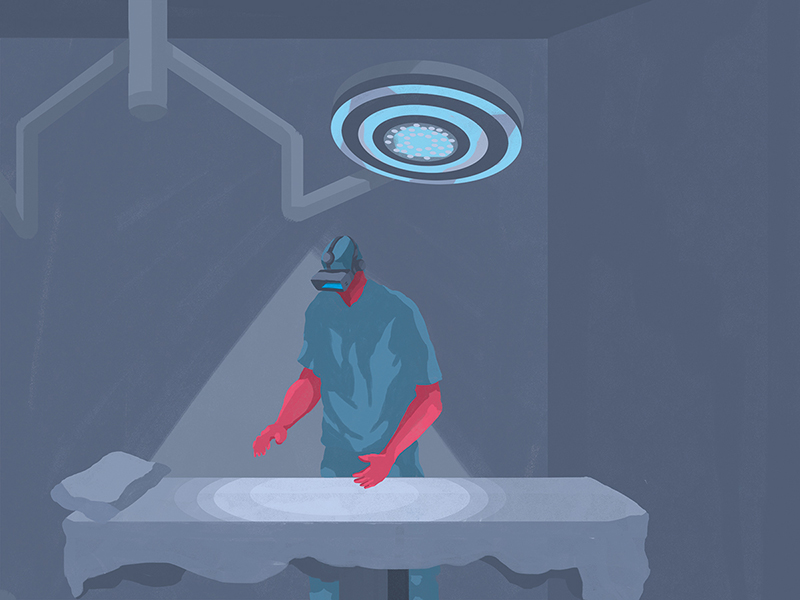
In recent years, artificial intelligence and machine learning have transformed the way we shop, travel and manage our finances. With huge advances in computational power and data sharing, health care is finally following suit.
Thanks to the Temertys’ investment, the Temerty Centre for AI Research and Education in Medicine will soon open up greater opportunities for disease detection and prediction, as well as more efficient, streamlined health care.
It can seem like the stuff of science fiction – but as Muhammad Mamdani points out, it’s a world that is already very much with us. Mamdani is the Temerty Centre’s inaugural director. He knows the popular imagination is excited by the idea of algorithms that can outperform humans in tumour detection with over 90 per cent accuracy. But he says that there is so much more to AI – and to see it, “we only have to look to our own backyard.”
“We have researchers who have developed an algorithm that can warn you of a pediatric heart attack in advance,” he says. “And another that can detect a bleed in the brain within minutes, when ordinarily it can take over three hours to get a diagnosis.” There are algorithms to detect cancer, to predict how a patient will respond to treatment and to estimate the near-exact number of patients who will arrive in the emergency department on a given day.
Mamdani looks forward to the “high-risk, high-reward” research that will be made possible by the Temertys’ investment, leading to even more AI breakthroughs. “You don’t get transformation by thinking conservatively,” he says. “If an idea fails, it’s OK. We’ll learn. But if it succeeds, it could change everything.”
Collaborating on complex medical challenges
Today, medical advances often require contributions from scientists, business and technology experts, physicians and all types of health-care providers. The Temerty gift will launch a fund to support collaborations across the Toronto Academic Health Science Network.
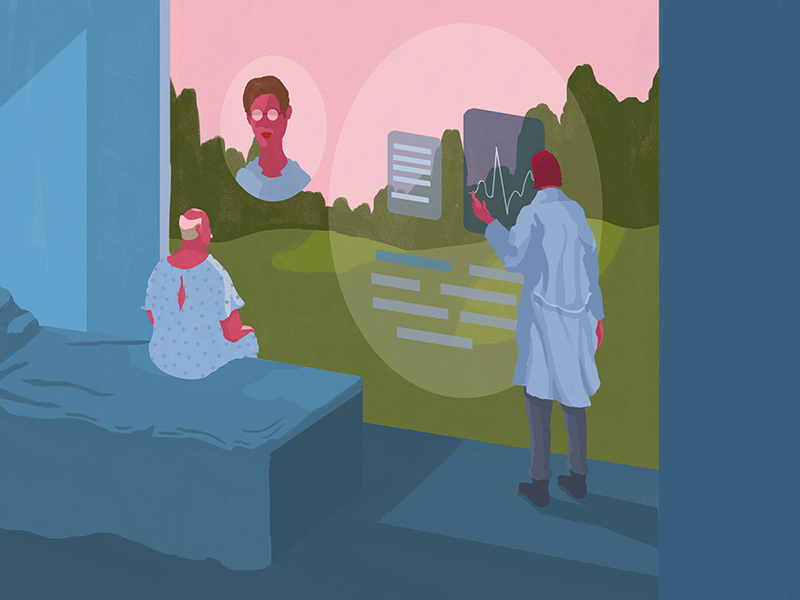
Collaboration at Temerty Medicine is probably best symbolized by the Toronto Academic Health Science Network – a unique association between the University of Toronto and 12 affiliated hospitals. “This incredible partnership has been the secret to our success,” says dean Trevor Young.
The network allows students to receive training at different hospitals, fosters joint research and the sharing of ideas, and makes needed information easily accessible. It also embodies a philosophy that has been present at the faculty from its very beginning.
U of T’s medical faculty has never restricted its activities to the campus alone, but has always engaged meaningfully with health-care institutions across the city. “Students, professors and doctors all spend part of the time on campus, and part in the hospitals,” says Young, “most of which are less than a kilometre away.”
Countless projects attest to the university’s collaborative power. As home to Toronto’s only medical school, Temerty Medicine acts as a nucleus within a giant, high-functioning cell.
One particularly successful example is the Toronto Dementia Research Alliance, a network of professionals engaged in researching and treating neurodegenerative diseases. Formed in 2012, the group shares research and clinical findings among numerous partner agencies and hospitals across the region. Tarek Rajji, the executive director of the alliance, says that such sharing optimizes care for patients.
One of the alliance’s projects is the Dementia Clinical Research Database. Using a standard assessment tool developed by the network, researchers continually collect information from many patients across the disease spectrum. Having this wealth of data helps them understand the differences among forms of dementia, and points the way to more tailored treatments. Other research trials created by the alliance are investigating whether changes in the eye can detect dementia earlier, and whether drugs already in use might also work to stem neurodegenerative decline.
Rajji, who is also chief of the adult neurodevelopment and geriatric psychiatry division at the Centre for Addiction and Mental Health, says competition without collaboration locks knowledge within silos. He’s excited about the new bridges the Temerty funding will create. By sharing information more readily, he says, networks such as this arrive at solutions much faster than they otherwise would.
Sowing the seeds for important discoveries
By now, everyone knows the image: an eerie floating ball, studded with spikes. It’s a picture of the coronavirus, and it comes to us thanks to techniques such as cryo-electron microscopy, or cryo-EM.
Cryo-EM allows scientists to visualize the building blocks of all living cells. By flash-freezing proteins in thin films of ice and bombarding them with electrons, researchers can then construct a 3D model whose most nuanced properties can be probed. Most recently, cryo-EM has allowed us to rapidly visualize, for example, that monoclonal antibodies could bind to the coronavirus and stop it from infecting cells.
With the Temertys’ investment, U of T will enhance its suite of imaging tools with its own high-end cryo-electron microscope. “We’ve been pushing for it for five years,” says Trevor Moraes, an associate professor of biochemistry. “There are only a handful of them in the country right now, and having one will push a lot of research forward by leaps and bounds.”
The cryo-EM will be instrumental for addressing the biggest medical challenges of our time – including COVID-19. “The understanding we gain through cryo-EM facilitates the development of better and more enhanced tools such as vaccines,” says Moraes.
Other initiatives enabled by the Temertys’ investment include the expansion of a Level 3 containment lab, needed to study dangerous pathogens such as Ebola and COVID-19. This lab facility was upgraded months ago, before the gift was officially announced, because the Temertys wished to help meet urgent needs arising from the pandemic. As a result, a team of scientists from U of T, Sunnybrook Health Sciences Centre and McMaster University were among the first in the world, this past March, to rapidly isolate the virus. Viral stock they cultured is now being studied by scientists across the country.
“Excellent resources are a must to recruit the best people in science and medicine,” says Young. “We want to expand our resources on campus to ensure our research has the greatest possible impact, and to enhance our collaboration with our hospital partners.”
Taking discoveries from lab to market
Academic lab research is critical to the development of new therapies. Temerty Medicine will be a vital resource for scientists as they seek to bring new medical products and services to market.
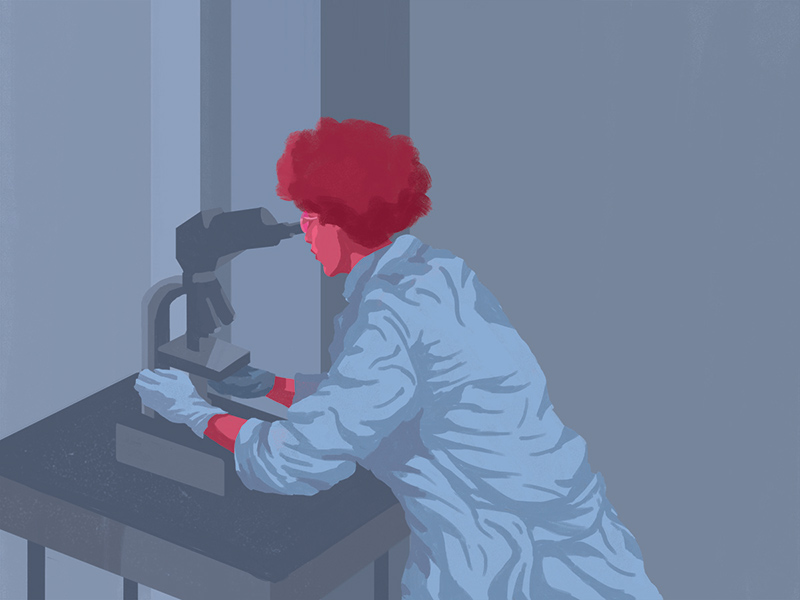
In the pursuit of discoveries, academic scientists are called to spend long hours in laboratories. But as Leah Cowen says, the work can’t stop there. “At a certain point, if you want your work to have a clinical impact you need to bring it to a different setting – a company, or clinical-based lab. Drugs, vaccines, new technologies and devices all require commercialization strategies.”
This is why part of the Temerty gift will focus on entrepreneurship, so that the finest innovations arising from U of T can be properly developed and distributed. Training researchers in presentation techniques, for example, is an important foundation for getting investors interested in an idea, says Cowen, who is chair of the university’s department of molecular genetics.
Cowen is herself both researcher and entrepreneur. Her lab specializes in finding treatments for fungal infections, which currently ravage the food supply, kill some 1.5 million people a year, and are mostly impervious to current treatments. Three years ago, Cowen co-founded a company called Bright Angel Therapeutics, which pursues novel drug treatments for fungal diseases. Along with co-founder Luke Whitesell, she secured funding from five industry partners outside the university.
Providing students with opportunities to mix entrepreneurship with medicine is especially exciting to Reinhart Reithmeier, the faculty’s interim vice-dean of research and innovation. While established scientists have many funding opportunities, “we need to grow the next generation of scholars too, and this gift recognizes that,” he says.
Diversity in medicine is good for everyone
The goal is achieving true equity in health care for all Canadians. Diversity improves health outcomes by fostering understanding between patients and providers, extending patient outreach, enriching research data and challenging outdated assumptions.

Hira Raheel isn’t just the first among her family members in Canada to attend medical school – she’s the first in Canada to go to university at all.
At the Temerty gift announcement, the third-year student recounted the obstacles that dogged her path toward obtaining a medical education. Inspired to apply to medical school by her own sister’s struggle with a rare genetic condition, Raheel faced barriers both financial and cultural: she simply didn’t know anyone who could advise her on how best to prepare an application to medical school, where acceptance rates are as low as 10 per cent. She didn’t get in the first time she applied.
Mentorship at U of T provided the key. While completing her master’s degree, she says, “I was lucky enough to find a wonderful leader at the Faculty of Medicine, who encouraged me to reapply. She told me that medicine needed more people like me – more people from diverse backgrounds, with diverse perspectives.”
In the 21st century, “we need to train physicians and health-care providers to provide excellent care for a diverse population,” says Lisa Robinson, a SickKids nephrologist and an associate dean in Temerty Medicine’s Office of Inclusion and Diversity. This imperative isn’t just about ensuring access to care for all, “but about improved health-care outcomes as well. There are many reasons why they’re improved; one of them is increased trust – a sense of common understanding between community members and their health-care providers.”
Data also show that non-white physicians are more likely to practice in underserved communities, which is increasingly important in a world where demographics are constantly shifting. For all students, says Robinson, “diverse classes set up an environment where cultural stereotypes and assumptions can be openly challenged.”
The Temertys’ investment will ensure expanded funding for several initiatives, such as the Black Student Application Program and Indigenous Student Application Program, which are steadily increasing the number of medical students from historically marginalized communities. “Now,” says Robinson, “we hope to provide mentorship and guidance for all kinds of students who have been under-represented in medicine – economically disempowered students, those with disabilities and many more.”
Two other additions will be the establishment of an Elder-in-Residence, who will bring Indigenous knowledge, history and experience to the faculty, and an Indigenous Elders’ Circle. Comprising representatives from multiple Indigenous nations, the Circle will provide guidance to faculty leadership starting in 2021. They will also participate in a governance circle that will oversee initiatives related to Indigenous health.
Students from all backgrounds who need guidance will be able to speak with the elders, says Lisa Richardson, a physician at University Health Network and Women’s College Hospital and the faculty’s strategic adviser on Indigenous health. Importantly, the Elders can provide knowledge and understanding of Indigenous medicine and well-being – “of the emotional and spiritual dimensions of health, which are integral to many First Nations and Métis,” she says. “And an idea that healing goes well beyond what can be provided in the medical system.”
A new multi-purpose building
A classic example of brutalist architecture, the faculty’s venerable Medical Sciences Building opened in 1969. Now, what’s commonly known as its “west wing” – close to Convocation Hall, on King’s College Circle – will be rebuilt in coming years as a modern, architecturally inviting edifice designed to meet the needs of a new era.
Named the James and Louise Temerty Building, the new development will have multiple purposes, providing space for education of all levels and research of all kinds. Community and professional education will also be offered there, and space will be developed for signature events. It is anticipated that, among other things, the building will house the new Temerty Centre for AI Research and Medicine.
James and Louise Temerty share many guiding principles with the Faculty of Medicine under Trevor Young’s leadership: to collaborate, to think boldly, to strive for excellence. And yet one of these principles stands out above all others. “The single most important talent that a good CEO has to have is the ability to recognize talent,” Temerty said in a Globe and Mail interview several years ago. With this transformational gift, the Temertys have shown their unerring instinct for doing just that.
In pursuit of excellence
“As I reflect on this gift, it gives me pleasure to know that what we are doing resonates so well with our values,” says James Temerty
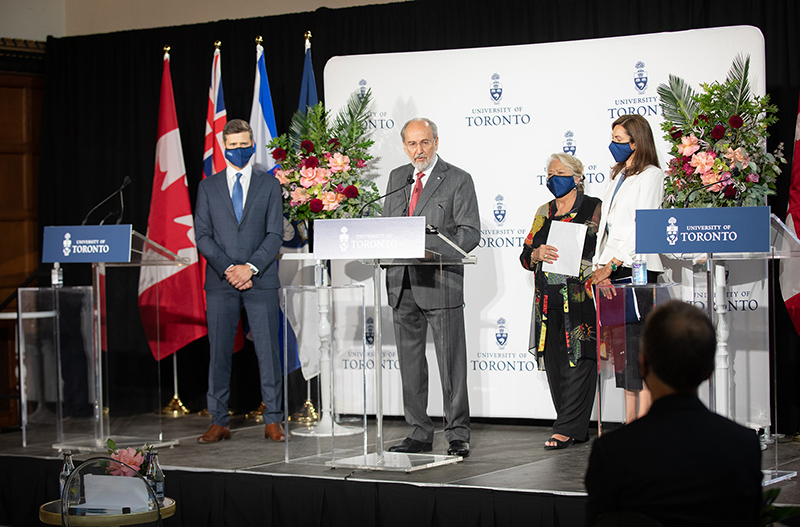
Two years ago, the Temerty family marked the opening of their charitable foundation’s new office by writing a constitution outlining the values and principles that would guide their actions.
“Among those,” said James Temerty as he announced his foundation’s extraordinary $250-million gift to U of T, “were things like generosity, leadership, the pursuit of excellence and intellectual curiosity. As I reflect on this gift, it gives me pleasure to know that what we are doing today resonates so well with our values.”
Since 1997, the many causes the family has supported have included health-care institutions, cultural organizations and human rights initiatives. “Over the last 20 years, the Temertys have quietly become one of the country’s most generous donor families,” says David Palmer, U of T’s vice-president of advancement.
Born in Ukraine during the Second World War, James Temerty moved with his family to Canada in 1950. Possessed of an entrepreneurial spirit, Temerty rose from franchisee of a single ComputerLand location to owner of the largest privately held chain of such stores in the world. In 1987, he struck off in a new direction as the founder of Northland Power, Canada’s first independent power producer.
At the time, “green energy” was a little-known concept. Soon, however, Northland was leading the way in developing new, environmentally friendly energy sources, such as biomass, wind and solar. Northland currently operates renewable energy projects primarily in Canada and Europe.
Since establishing their foundation 23 years ago, James and his wife Louise have brought on the talents of their daughter, Leah Temerty-Lord, and her husband, Mike Lord.
Palmer first approached the Temertys with the idea of a gift to the Faculty of Medicine in May 2019. The family was deeply impressed with the clarity, ambition and consultative nature of the faculty’s strategic plan, which provided a blueprint for how their gift could be implemented and achieve the impact they desired.
As the foundation’s managing director, Temerty-Lord led the discussions with Trevor Young, dean of the Faculty of Medicine, and Palmer and their teams.
“From the first conversation with Jim and Leah, it was clear that the Temertys’ values, their bold entrepreneurial spirit, and their commitment to health care and health science research, closely aligned with the faculty’s excellence, its vision for the future of medicine, its collaborative culture and the potential to advance its leadership globally,” says Palmer.
Discussions about the gift were far advanced by last March. Recognizing that many of the initiatives they already planned to fund – such as vaccine research, technological innovation and collaboration – would be immediately valuable in the battle against the pandemic, the family elected to advance part of the gift immediately, designating it to the Dean’s COVID-19 Priority Fund.
On Sept. 24, Canadians learned the full extent of the Temerty family’s generosity. “With their remarkable gift, they have sent an emphatic signal that generosity and selflessness, and hope and optimism matter more than ever in the world – particularly at a time of such great economic uncertainty and social stress,” says Palmer. “It is an inspiring moment for philanthropy in our country’s history and a model for our times.”


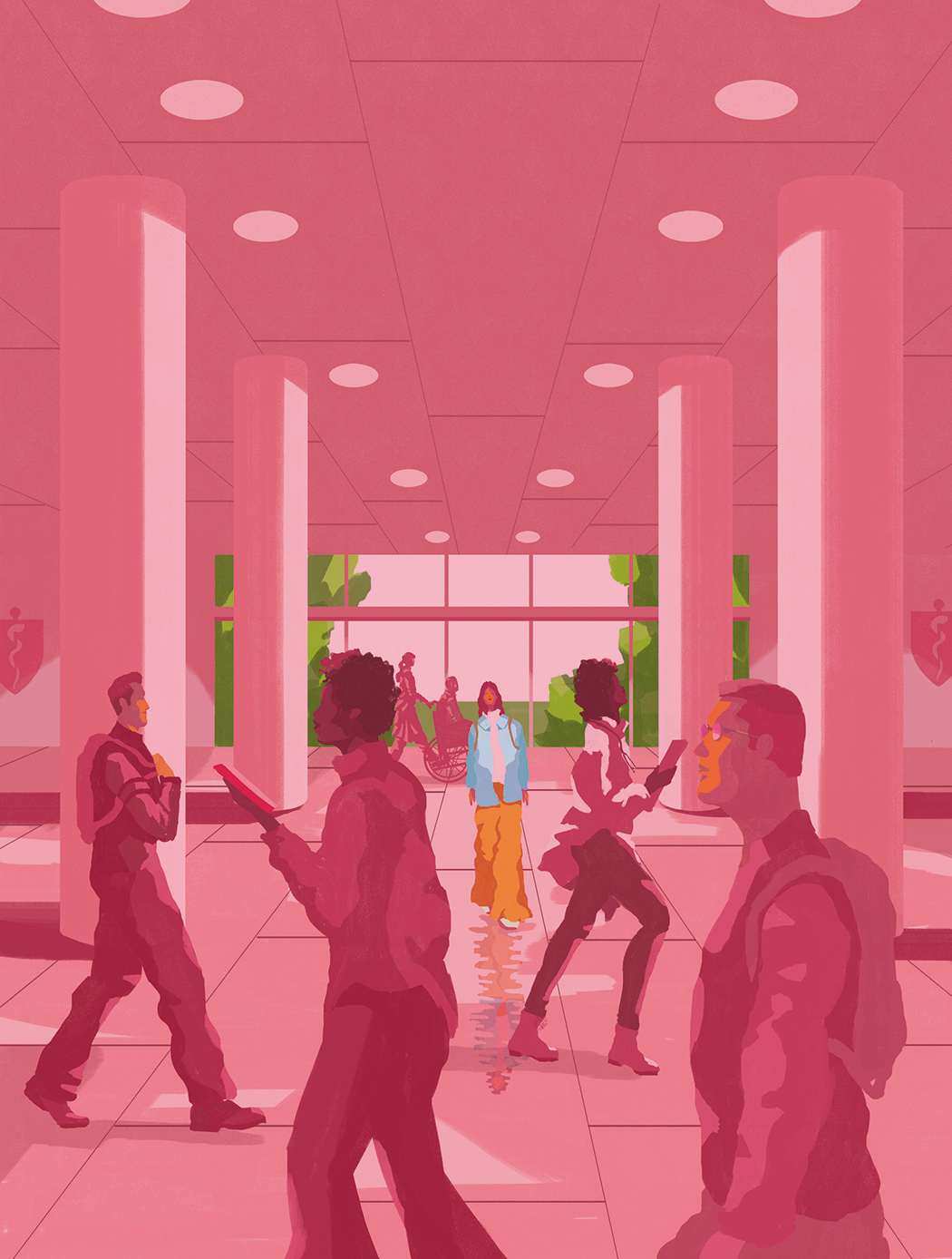
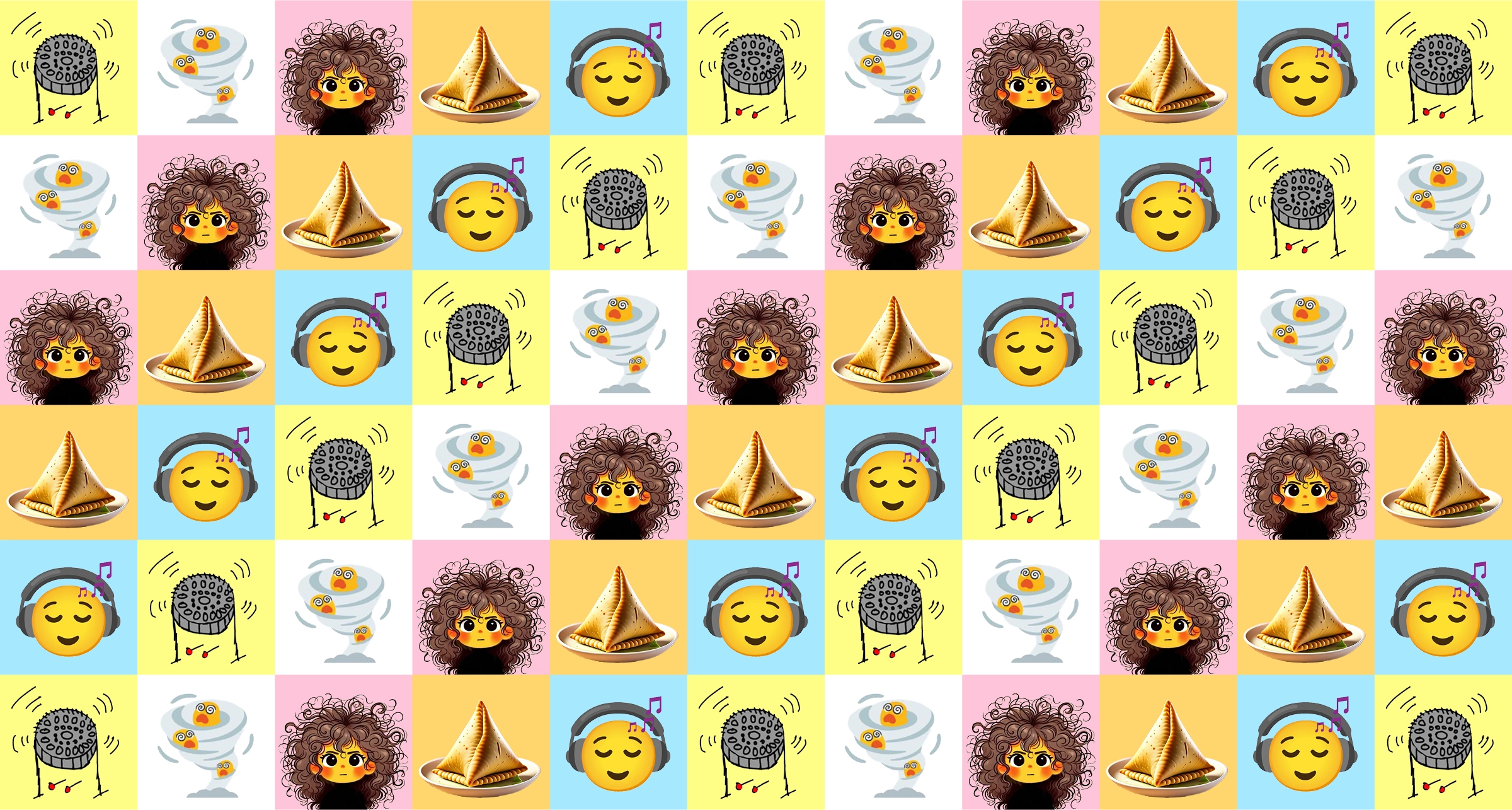

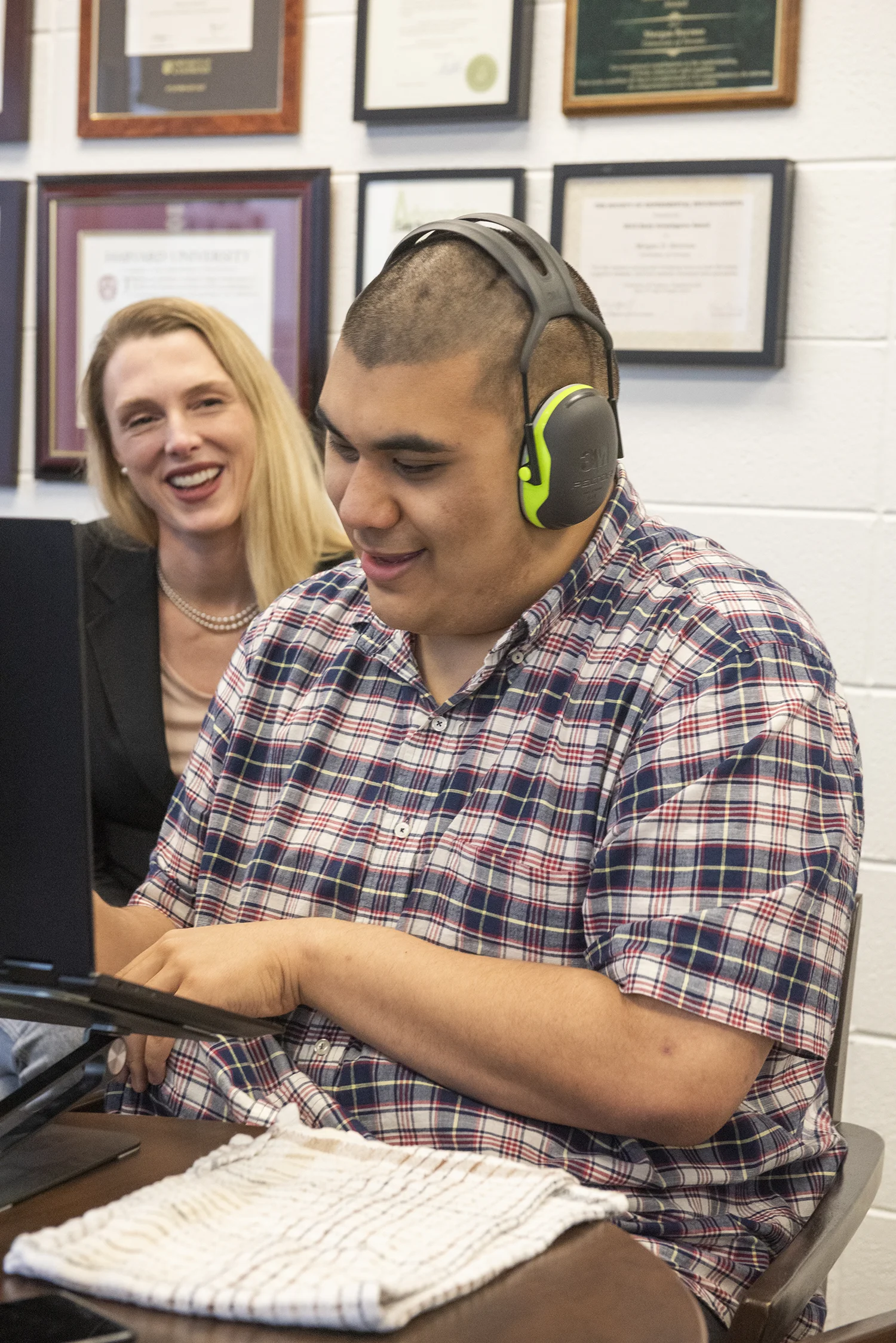
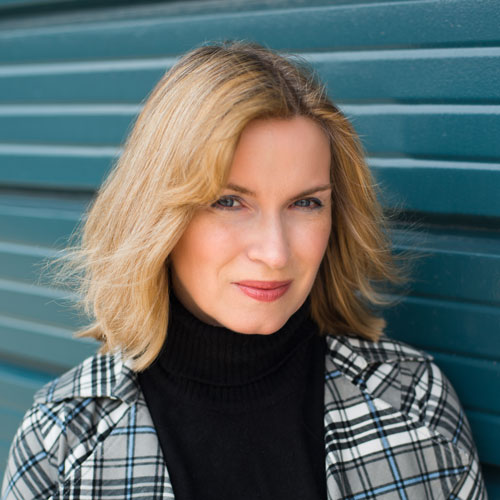
No Responses to “ A New Era in Medicine ”
I'm very impressed with the innovations taking place in medicine and related fields. I am also impressed with the philosophy shared by the Faculty of Medicine and the generous donor. How fortunate we belong to such a marvellous university.
This is brilliant!